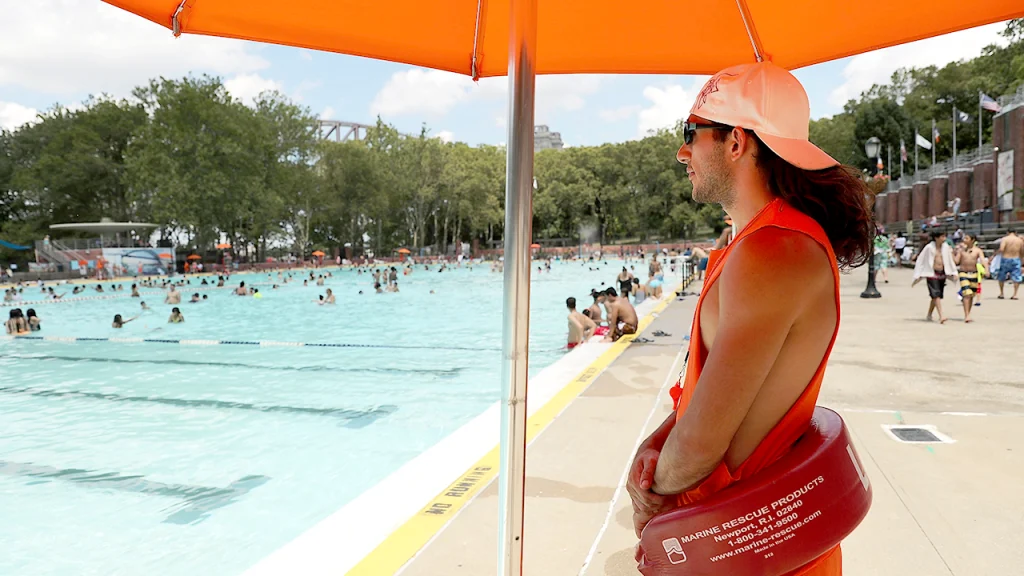A shortage of lifeguards is causing some municipalities to close or reduce operating hours for beaches and swimming pools as the weather heats up and people seek outdoor aquatic activities to cool down. New York City, for example, is facing a shortage of lifeguards with only 230 of the 600 needed hired for Memorial Day weekend. Mayor Eric Adams suggested allowing migrant asylum seekers to work as lifeguards to address the shortage, and the city has increased lifeguard pay to $22 per hour in an effort to attract more applicants. In Rochester Hills, Michigan, the swimming area and beach at Spencer Park were closed for the holiday weekend due to a lack of lifeguards, prompting the city to offer a $500 bonus to aquatic staff who work an average of 24 hours per week through mid-July.
Many cities are still recruiting and training lifeguards who will be assigned to beaches and pools after the holiday weekend. Wyatt Werneth, the national spokesperson for the American Lifeguard Association (ALA), noted that municipalities are offering incentives such as sign-on bonuses, wage increases, and free training to attract applicants. The visibility of the lifeguard profession is also seen as a factor in luring applicants, with Werneth mentioning the influence of the popular 1990s TV show “Baywatch.” The shortage of lifeguards has had significant implications, with about a third of the country’s public swimming pools either closed or operating sporadically in 2023. Los Angeles County, facing its third consecutive year of lifeguard shortages, announced pay increases and a less challenging swim test for pool lifeguards in March.
The American Red Cross stated that it has not received reports of a national lifeguard shortage, although some aquatic facilities in certain areas, such as Virginia, are facing challenges in hiring enough staff. In April, Volusia County, Florida, was reported to be recruiting more lifeguards, while in Phoenix, bonuses were offered to open 18 of the city’s 29 pools. The ALA advised people to check their local beach or pool website to ensure they are fully staffed with lifeguards before visiting and to avoid swimming in areas without active lifeguard surveillance. According to the Centers for Disease Control and Prevention, around 4,000 people die from drowning annually in the United States, highlighting the importance of swimming in front of a lifeguard and being aware of water safety measures.
The shortage of lifeguards has prompted various municipalities to take action to address the issue, such as offering incentives to attract more applicants. In New York City, efforts are being made to hire more lifeguards to fully staff and patrol the beaches for Memorial Day weekend. The shortage has had a significant impact on public swimming pools as well, with many facing closures or limited operating hours due to the lack of qualified personnel. Some areas, like Los Angeles County, have implemented measures such as pay increases and easier swim tests to address the ongoing lifeguard shortage for the third consecutive year.
The visibility and appeal of the lifeguard profession have been emphasized as factors in attracting more applicants to help alleviate the shortage. Wyatt Werneth, of the ALA, mentioned the influence of TV shows like “Baywatch” in inspiring people to become lifeguards. Ensuring that beaches and pools are fully staffed with lifeguards is crucial for public safety, as drowning remains a leading cause of accidental death in the United States. Taking proactive measures such as swimming in designated areas with active lifeguard surveillance can help reduce the risk of water-related incidents. Overall, addressing the lifeguard shortage is essential to ensure the safety and well-being of individuals engaging in water activities during the summer months.


